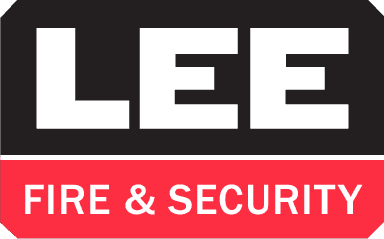Thermal imaging – Is it the next must-have security measure?
While it might have earned a reputation for itself as something bizarre and alien (primarily due to its prolific use in several major science fiction franchises), thermal imaging is actually a very reliable and stable technology.
It works by utilising infrared technology to detect heat radiating from a source, which is pictured on a coloured scale, with yellow and red pointing to a more pronounced heat source.
These tools were designed to be used in manufacturing by engineers and by firefighters and police to track smouldering embers and hidden suspects respectively.
They were never meant to be used as medical tools but in the wake of the coronavirus pandemic, they could be the best way for businesses to eke out potentially infected customers and workers without going through the hassle of taking a direct temperature.
How does it work?
A portable scanner is used to scan employees or customers on entry and uses infrared to track and display the heat signals being given off by each individual.
There are even less invasive thermal imaging cameras to consider, though they have to be set up properly and need to take ambient temperature into account. Not only that, but they could offer a false sense of security to operators.
Thermal imaging is just accurate enough to give a reasonable measure of skin temperature within half a degree. This means that if anyone has a temperature of over 38 degrees Celsius (the temperature at which a fever state is registered), then it should show up as a red blotch on the thermal imaging device. The individual and their party can then be escorted off the premises with minimal fuss if required.
A fast and practical solution
Thermal imaging devices might be less accurate than medical thermometers but they are much faster to use and are significantly less invasive.
Employees are going to be far less wary of having their body temperatures scanned from a slight distance than they would be having a thermometer put in their mouth or ear every time they enter the office.
For customers, meanwhile, the thought of having to get their temperature checked manually might put them off altogether.
Note, however, that with the government guidelines regarding face coverings, it’s only natural that the face would generate more heat than usual. That’s why it’s always recommended to measure the heat from the forehead of the individual, as this is the area that will most accurately reflect their overall body temperature.
Where is it being used?
Temperature screening is used in several UK airports and some schools are also deploying hand-held devices to monitor the temperatures of its children. The really useful applications, however, lie in thermal imaging being used in tandem with an existing security system.
In the US, for example, the Athena Security firm has created a fever detection system that uses thermal imaging software though existing security cameras and offers real-time results.
Some say these kinds of solutions don’t work, but it’s early days yet. We will most likely be living with this virus for years to come and if that is the case, thermal imaging might be the most practical solution to tracking individual temperatures without invasive thermometer tests.
As the situation progresses and specialist security firms start to realise the applicational power of thermal imaging in healthcare, retail, and workplace environments, we could be looking at the next must-have security solution for 2021 and beyond.
